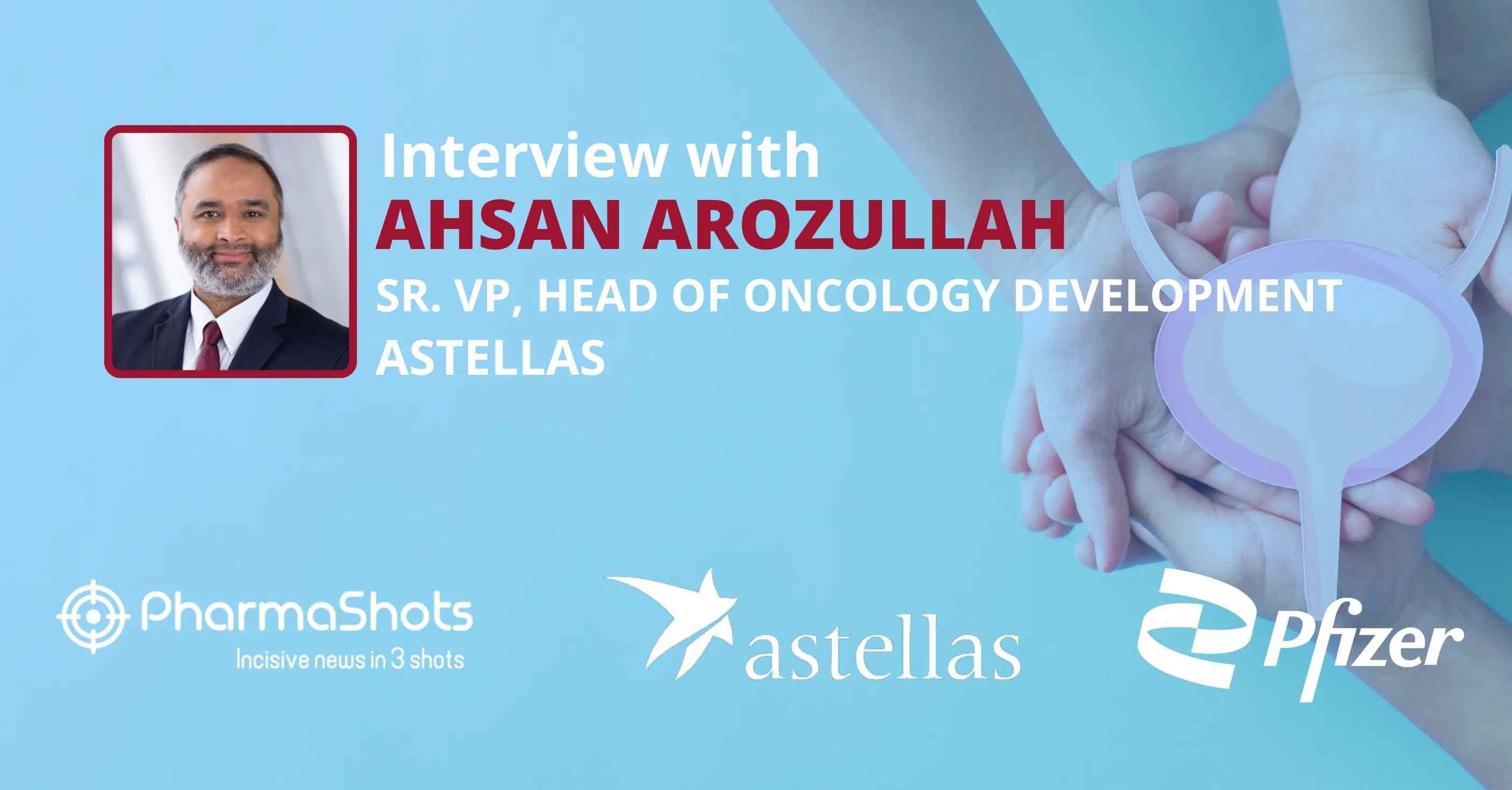
Dr. Barbara Delage and Dr. Nicholas Kassebaum Shares Insights on Malnutrition-related Deaths
Shots:
- Dr. Barbara Delage talked about the key findings from the new study on malnutrition-related deaths. She also spoke about the birth condition, Orofacial cleft
- Dr. Nicholas Kassebaum spoke about how malnutrition-related deaths could be prevented in children living with a cleft
- The study was conducted in collaboration with Smile Train and the Institute for Health Metrics and Evaluation (IHME) (University of Washington’s School of Medicine)
Smriti: Can you first tell our readers about what is Orofacial cleft?
Dr. Barbara Delage: Orofacial cleft is a birth condition that occurs when a baby’s lip or mouth do not form properly during pregnancy. The condition is one of the world’s most common birth differences, as 1 in 700 babies are born with a cleft lip and/or palate globally. Clefts can cause difficulties with eating, breathing, hearing, and speaking. When it comes to the burden of cleft among children under five years of age, the hardest-hit regions are South Asia and parts of Africa. The African countries in the belt that runs from Mali to Somalia have the highest death rates from malnutrition related to the orofacial cleft.
Smriti: How is the Orofacial cleft associated with malnutrition?
Dr. Barbara Delage: Currently, an estimated 4.62 million persons are living with an unrepaired or inadequately repaired cleft, making them susceptible to a number of potentially life-threatening conditions and increasing their risk of malnutrition. Babies with clefts are uniquely vulnerable to malnutrition, even when the food supply is abundant. This is because clefts affect their ability to suck, often making it very difficult to breast- or bottle-feed. Without support, many babies with clefts will face irreversible effects or even die from malnutrition.
Smriti: Can you tell us more about the study done by Smile Train and IHME’s Global Burden of Disease modeling demographic group?
Dr. Nicholas Kassebaum: Methods/ Approach: To quantify the contribution of child growth failure among those with clefts to the global burden of malnutrition, Smile Train and IHME merged Smile Train’s existing data, from Smile Train Express (https://www.smiletrain.org/medical-professionals), with estimates of the direct health consequences of malnutrition from the Global Burden of Diseases, Injuries, and Risk Factors Study (GBD) https://www.healthdata.org/gbd/2019. They used underweight as a proxy to generate comparative estimates of the rate of malnutrition for 204 countries of the world in children younger than 5 years by age, sex, location, and year.
Smriti: Share key insights from the study.
Dr. Delage and Dr. Kassebaum: Key findings include:
- If children with clefts did not experience higher rates of undernutrition, as many as 21,000 deaths worldwide could be averted with intervention.
- Over the past 20 years, the number of underweight children with clefts under the age of 5 has failed to decline significantly.
- Deaths in children with clefts as well as malnutrition-related deaths in those with clefts have declined since 2000, but that progress has been markedly slower and lagged behind the declines in malnutrition-related mortality and child mortality overall in the same time period.
- Compared to underweight children, underweight children living with clefts endure a heavier burden of poor nutrition. They face a higher risk of undernutrition and other potentially life-threatening conditions.
- In 2020, the highest cleft prevalence rates were observed in the countries of North Africa and the Middle East, extending into central Asia and south Asia.
Smriti: Why and how do you think malnutrition-related deaths could be prevented in children living with a cleft?
Dr. Nicholas Kassebaum, MD, Adjunct Associate Professor in Health Metric Sciences at the Institute for Health Metrics and Evaluation (IHME) at the University of Washington and lead researcher for the study recommends that the interventions needed are two-fold:
“1) Early identification and support for nutrition itself for those who have untreated clefts or recent surgical treatment of clefts, and also the families with children who have clefts. 2) Surgery. Clefts can be addressed through surgery. So, it’s making sure we can identify those kids with clefts, give them support to prevent malnutrition, and support the development and delivery of high-quality surgical services to take care of them. “
The fact that so many children with clefts are malnourished, and that there hasn’t been significant progress made on this since 2000, speaks to the fact that this is a systemic issue. Medical support is necessary to save lives and enable these children to thrive, but there must also be investment and action at the policy level to identify children born with clefts before or at birth and ensure mothers and families have the resources and information they need to prevent malnutrition or to address it when prevention isn’t possible.
To maximize the reach of prevention, identification, nutritional support, and surgical treatment services among the under-5 global population with cleft and their families, efforts must also take into consideration the disruptions to health services caused by the COVID-19 pandemic, the global shortage of health workers, widespread food shortages, and the remaining unmet needs of families. The fact that so many children with clefts are malnourished, and that there hasn’t been significant progress made since 2000, speaks to the fact that this is a systemic issue. Medical support is necessary to save lives, but there must also be action at the policy level to identify children born with clefts, prevent malnutrition, and ensure people
Smriti: Is Smile Train organizing any nutrition programs? Kindly share the details.
Dr. Barbara Delage: Smile Train supports nutrition grants for children and families in need, cleft nutrition training for health professionals and families, and community education and awareness. At a United Nations General Assembly side event in 2021, Smile Train officially announced our five-year commitment to scaling our investment in global nutrition. By the end of 2026, through awareness campaigns, advocacy, program expansion, partnerships, training, and education of health workers, Smile Train’s increased investment in nutrition will result in:
- More than one million mothers and children benefiting from cleft-specific feeding counseling
- More than 55,000 child malnutrition cases averted
- Over 40,000 educational opportunities on cleft feeding and nutrition
- More than 1,000 partner hospitals across 70+ countries empowered to offer nutrition services to every mother and child pair affected by cleft
- Over 250 partner hospitals in an organized network offering advanced nutritional care for malnourished children affected by clefts
- A 40% reduction of the number of stunted children undergoing cleft surgery
Smriti: IS ST looking for government funding to expand the program?
Dr. Barbara Delage: We welcome all partners and supporters to join us in addressing this grave inequity and ensuring that no child is left behind when it comes to nutrition. Currently, we’re not specifically seeking government funding for this program, though we work with governments and community leaders in our locally-led programs, and we believe this an area that governments should invest in and prioritize. We hope that this report serves as a call to action for governments and global health leaders to take further action against undernutrition in children with clefts.
Smriti: What are the next steps/ actions that smile train and IHME plans to take?
Although many efforts are made by the government to address constraints in health and nutrition services but they may have little impact on the most vulnerable children unless identifiable steps are undertaken to consider their specialized needs and include them in mainstream services. Smile train plans to give some recommendations for more inclusive health and social systems which includes:
- Develop and revise neonatal care-related guidelines to ensure the newborn examination is universal and always includes palate examination. Also, ensuring that maternal and newborn care providers are trained and guidelines are implemented, and there is a protocol in place for reporting cases to a centralized system.
- To establish and invest in maintaining a national/regional population-based registry for reporting and counting birth differences, including clefts. Educate healthcare providers and the general public to develop appropriate health services. A registry is essential for tracking birth differences so that collected data can be analyzed for research and prevention purposes.
- Working on national feeding and nutrition guidelines to consider the needs of all infants and young children and highlight specific and necessary adaptations that the health system and care providers need to implement to cover the needs of the most vulnerable, including children with clefts.
- To ensure that the current and future malnutrition screening and food assistance programs are designed to include all children in need, with a particular focus on reaching the most vulnerable households.
Smriti: If any pharma company/ any non-government organization is interested to contribute to the nutrition program. How and to whom they can reach?
At Smile Train: Nicole Bell, Vice President of Public Relations
At the Institute for Health Metrics and Evaluation, please contact Dr. Diane Gu, Chief Philanthropy Officer (dianeygu@uw.edu), or William Heisel, Director of Global Services at IHME Client Services (wheisel@uw.edu).
Source: The Asian Age
About the Authors:

Dr. Barbara Delage
Dr. Barbara Delage is Smile Train’s Director of Global Nutrition Programs. She holds a Master of Science degree and Doctorate in Nutrition and Food Science from the University of Bordeaux, France and a Master of Science in Nutrition for Global Health from the London School of Hygiene and Tropical Medicine.

Dr. Nicholas Kassebaum
Nicholas J Kassebaum is an Adjunct Associate Professor in Health Metric Sciences and Global Health at the Institute for Health Metrics and Evaluation (IHME) and an Associate Professor in the Department of Anesthesiology and Pain Medicine at the University of Washington. Dr. Kassebaum earned his undergraduate degree from Macalester College in St. Paul, MN, his medical degree from Vanderbilt University in Nashville, TN, completed anesthesiology residency at the University of Washington, and a fellowship in pediatric anesthesiology at the Seattle Children’s Hospital.
Related Post: Michael Irizarry, SVP, Clinical Research, Eisai Shares Insights from the Clinical Data of Lecanemab Presented at AAIC
Tags

Senior Editor at PharmaShots. She is curious and very passionate about recent updates and developments in the life sciences industry. She covers Biopharma, MedTech, and Digital health segments along with different reports at PharmaShots.













